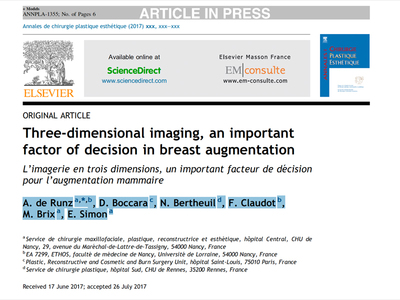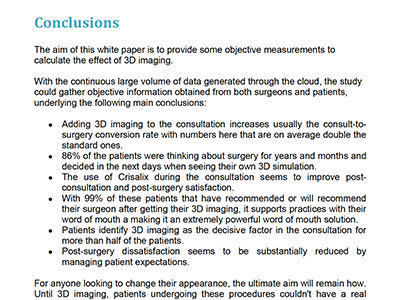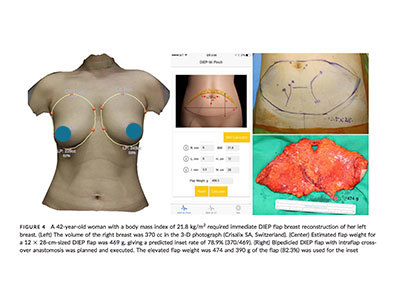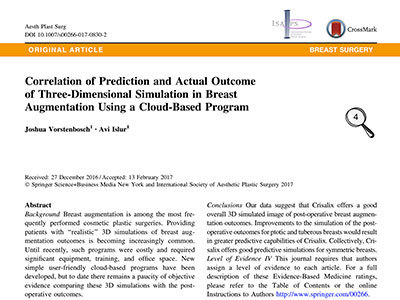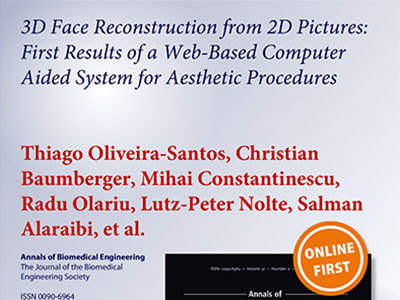Crisalix Ratings & Reviews©
Did you know that? 1 95% of patients of patients consider reviews and ratings essential when selecting a healthcare provider or clinic. 2 94% have avoided providers with negative reviews. This highlights the importance of gathering the most reviews and ensuring they are as positive as possible. So, how can you make this happen?
Contact us and find how you can increase your trust level.


